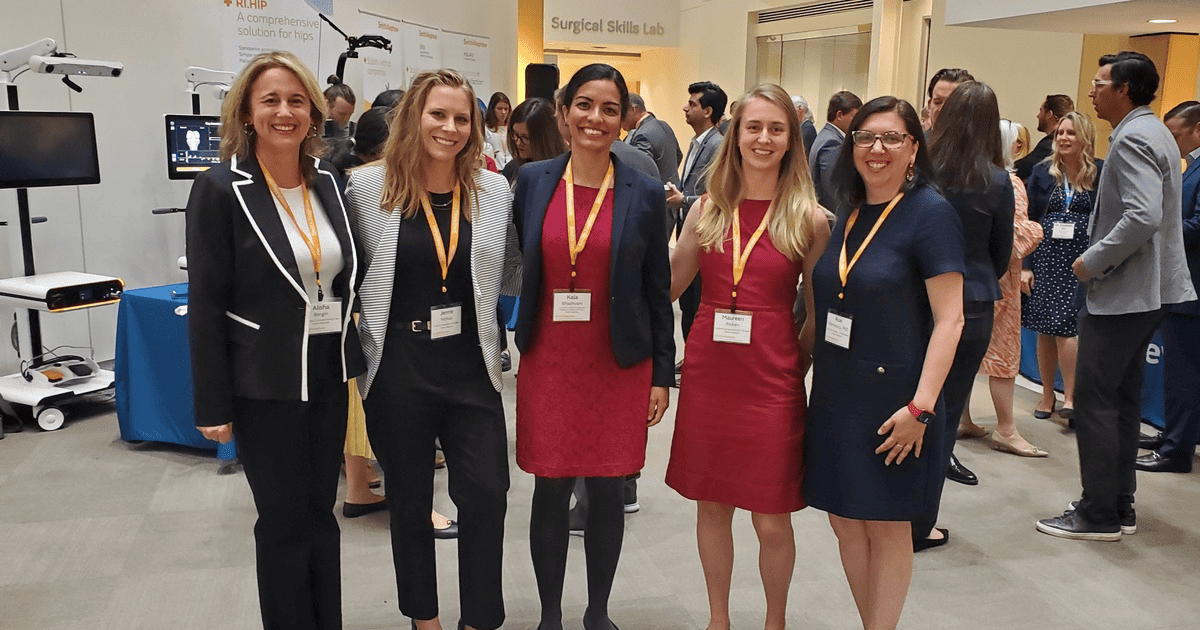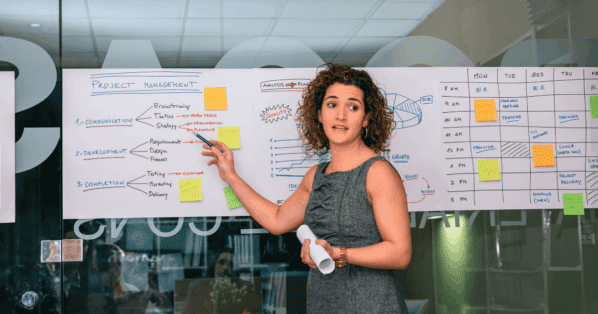Content sponsored by Smith+Nephew
I’m Kala Bhashyam, the Senior Director for Hardware Engineering at Smith+Nephew Robotics. As an electrical engineer by education and a firmware engineer by practice, with an M.S. in biomedical engineering, I have also recently completed an M.S. in computer science. Over the last 15 years I’ve worked in all facets of the medical device industry: research, product development, program management, quality, regulatory, manufacturing, and clinical.
I feel fortunate to work for Smith+Nephew, an organization that is impacting society in multiple meaningful ways. First, Smith+Nephew is a company that improves the standard of care for patients and provides unique and innovative ways to transform patient’s lives.
Second, Smith+Nephew places a strong emphasis on meaningful inclusion, diversity, and equity in their workforce. For over seven years, Smith+Nephew has worked to maximize opportunities for women through Employee Inclusion Groups (EIGs).
At Smith+Nephew, we have a strong Society of Women Engineers (SWE) EIG, reaching hundreds of women company-wide and providing support by amplifying the inclusion, influence, and achievements of women employees while fostering professional development, advocacy, and networking.
Let’s meet some of the wonderful women at Smith+Nephew and learn about the ways they are making an impact!
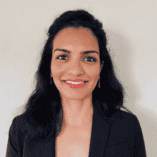


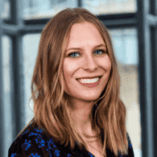


Ruxi Marinescu is the Early Innovation Lead for Knee Product Development and Global Leader for +SWE EIG. She not only has a Ph.D. in biomechanics, but she is also a Lean Six Sigma Black Belt and the pioneer and founder of SWE at Smith+Nephew. Ruxi has also been recognized with Memphis Business Journal’s Super Women in Business Award and was named one of the 2022 Featured Engineers by the Memphis-Area Joint Engineers Council!
Alisha Bergin, the Senior Director for External Development, is a veteran engineer with over 25 years of experience. She has a storied career in new product development and program management with numerous patents and product introductions to her credit.
Maureen Ricken, an engineer and new manager within Knee Product Development, has been with Smith+Nephew for almost 10 years. Through this time, she has worked in patient-specific instrumentation, launched a new knee instrumentation platform, and is now working with 3D printing and additive manufacturing for implant and instrument design.
Jennie McNab, a mechanical engineer by training, got hooked to medical devices while working on hip replacements at a biomechanics lab at Case Western University during her sophomore year. Now, with 13 years of experience under her belt, Jennie manages a product development team that designs new hip stems and instruments for primary hip replacements.
Seeing a pattern? All these women are extremely successful in a field that is traditionally male-dominated. This all-star cast of women engineers is evidence of Smith+Nephew’s emphasis on meaningful diversity and inclusion, and Smith+Nephew, clinicians, patients, and society at large have all benefited from their contributions to the field. These life-changing products may not have existed but for their efforts, diverse perspectives, and holistic approach to solving problems.
Which brings us to a current initiative and another way Smith+Nephew women in engineering are making a difference: Enter Simran Sabharwal, Vice President of Marketing in Orthopaedics, and her brainchild Orthopaedics for All (OFA).
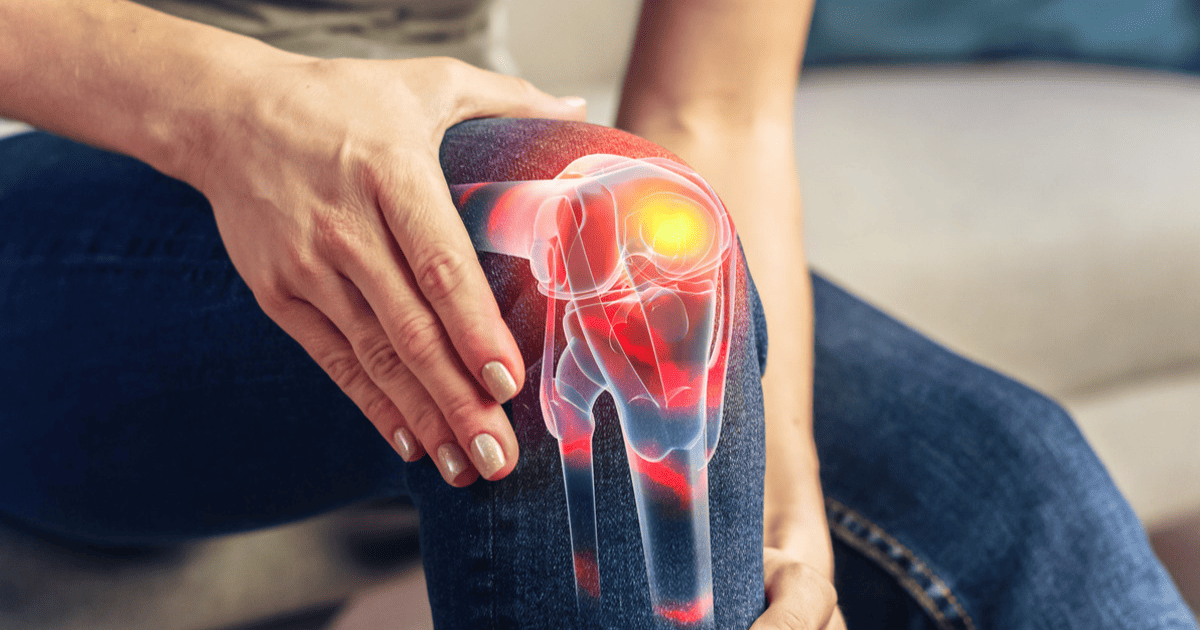
About the Orthopaedics for All (OFA) Initiative
The OFA initiative is designed to address challenges in the field of large-joint arthroplasty where, despite a 20% intake into residency programs, less than 5% of female arthroplasty surgeons choose to work in large joints. They face many challenges, with physical demand and lack of mentorship being some of the key concerns.
As a result, a majority of the devices used in this field are designed to be used by male surgeons, further alienating female residents. As the number of female residents continues to rise, OFA’s objective is to establish an advisory board with a diverse group of experienced and international healthcare providers in order to address the needs of a more diverse arthroplasty market.
This multifaceted program is establishing creative ways of highlighting this disparity in clinical practice through conducting awareness activities, enhancing product design through collaborative research and innovation, studying clinical research to identify if similar trends exist, and transforming education and fellowship programs to improve diversity.
All the women I introduced above are part of the team working on the OFA initiative. Leading the Research and Innovation workstream is the talented Jennie McNab we met earlier.
Jennie and team are looking to identify ways in which products can be designed to encourage inclusion in large-joint arthroplasty. For example, a product that could decrease the physicality of an orthopaedic procedure would allow a female surgeon to increase the number of surgeries she performs in one day.
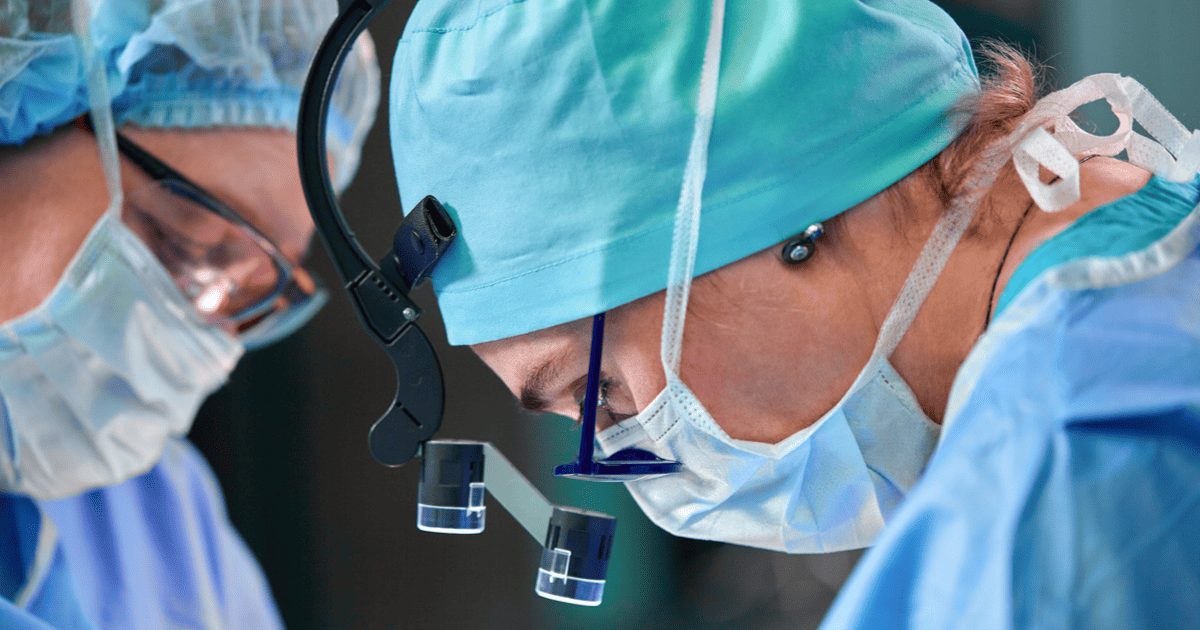
Even though this need is more amplified with females, solving it will benefit all surgeons. Once prototypes are created, she works with the OFA advisory board to plan our biannual events for surgeons to evaluate prototypes in a lab setting and provide feedback.
Jennie’s current role empowers her to not only impact patient outcomes, but also surgeon diversity and inclusion. I asked Jennie what advice she would impart to younger engineers looking to pave a similar career, and she said:
“I struggled with imposter syndrome and wondered if my engineering strengths (such as user needs gathering, communication, program management, and risk evaluation) were as valuable to my organization as the more technical skills such as complex instrument design, FEA, etc. There were very few female leaders in engineering when I started, but thankfully that has changed.
I joined a Lean-In Circle early on, and the vulnerability of the senior leaders in my group helped me realize we all struggle with similar insecurities, even when you make it to the top of an organization. As time went on, I realized my strengths were perfect for management which is what I do today. My biggest piece of advice is to seek mentorship and advice from senior female leaders at your company. You can look outside your immediate function if there are not a ton of females. They will bring a different perspective and advice that a male would not have.”
Jennie, Maureen, Alisha, Ruxi and I are also members of SWE, and we’ve benefited greatly from having a strong support system of fellow engineers in Smith+Nephew over the last several years.
Smith+Nephew not only helps us positively impact patient lives and surgeon experience, but it’s also working to create an inclusive environment for all its employees while working to create an equitable playing field for surgeons. We are proud to be Smith+Nephew!
Author
-

SWE Blog provides up-to-date information and news about the Society and how our members are making a difference every day. You’ll find stories about SWE members, engineering, technology, and other STEM-related topics.

